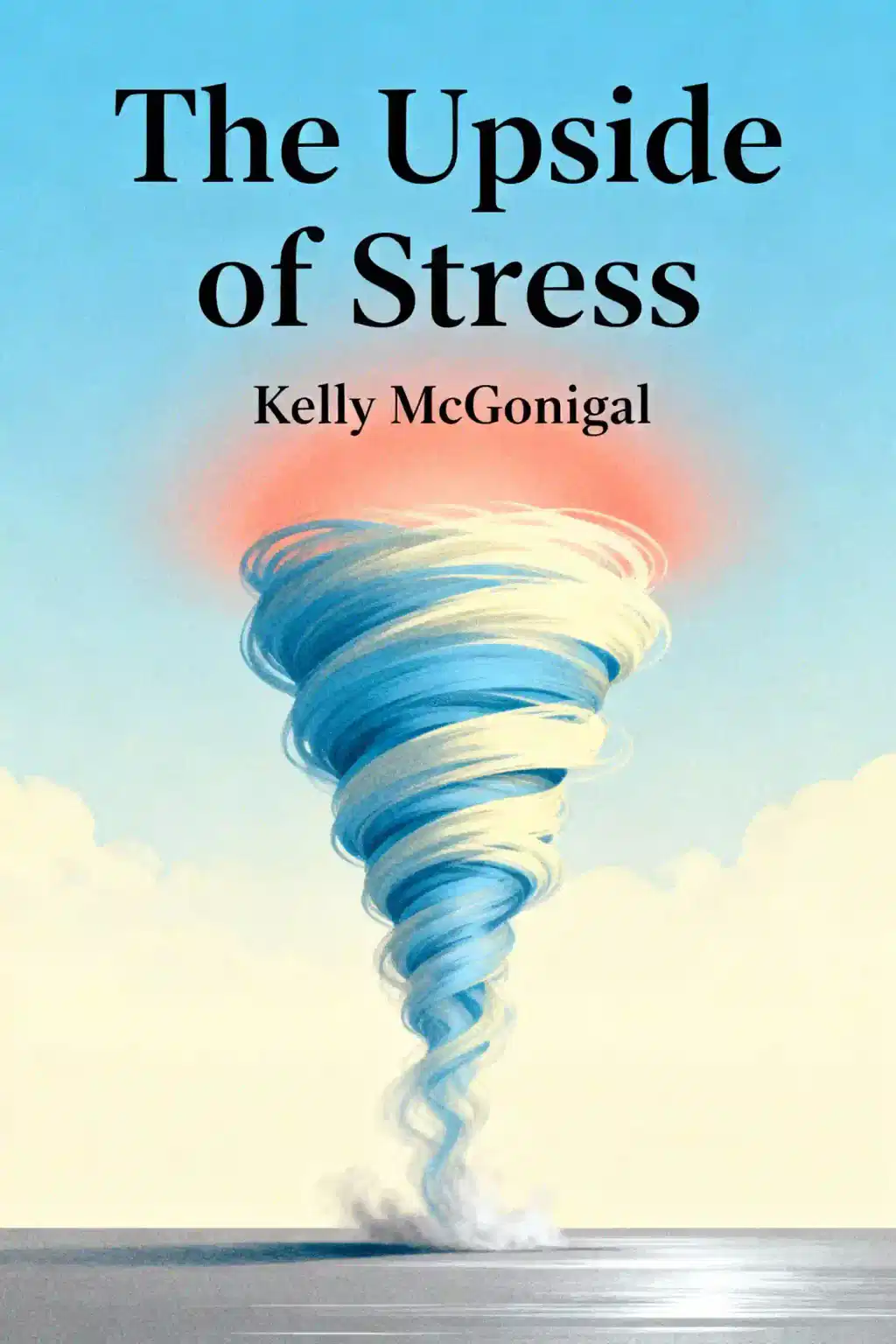What is
The Upside of Stress by Kelly McGonigal about?
The Upside of Stress challenges the notion that stress is inherently harmful, arguing that embracing stress can enhance resilience, performance, and well-being. Stanford psychologist Kelly McGonigal combines neuroscience and psychology to show how shifting your mindset about stress transforms its biological effects, turning it into a catalyst for growth, connection, and meaning.
Who should read
The Upside of Stress?
This book is ideal for anyone experiencing high-pressure environments—professionals, caregivers, students, or leaders. It’s particularly valuable for those seeking science-backed strategies to reframe stress as a resource rather than a threat. McGonigal’s insights also benefit healthcare providers, coaches, and educators aiming to help others thrive under adversity.
Is
The Upside of Stress worth reading?
Yes, for its groundbreaking perspective on stress as a tool for empowerment. McGonigal’s TED Talk-tested ideas, supported by studies, offer actionable steps to harness stress for courage and resilience. The book’s blend of storytelling and research makes it a standout in self-help and psychology genres.
What are the main concepts in
The Upside of Stress?
Key ideas include:
- Stress paradox: How stress can simultaneously challenge and strengthen you.
- Mindset shift: Viewing stress as enhancing rather than debilitating.
- Tend-and-befriend: Using stress to foster social connection.
- Meaning-driven resilience: Aligning stress with personal values to build perseverance.
How can I apply
The Upside of Stress strategies in daily life?
Reframe stress by:
- Acknowledging stressors as alignment with what matters.
- Connecting with others during stressful moments.
- Channeling stress energy into purposeful action.
For example, view public speaking nerves as excitement to engage an audience, not as a threat.
What does Kelly McGonigal say about stress and performance?
McGonigal links stress to heightened focus, stamina, and problem-solving under pressure. She explains how the “challenge response” (vs. “threat response”) releases adrenaline and dopamine, sharpening instincts and fostering post-stress growth.
Does
The Upside of Stress discuss the biology of stress?
Yes, it details stress hormones like cortisol and adrenaline, contrasting the fight-or-flight response with the tend-and-befriend reaction. McGonigal shows how biological responses adapt when stress is perceived as beneficial, improving cardiovascular efficiency and social bonding.
How does
The Upside of Stress compare to other stress management books?
Unlike books focused on stress reduction (e.g., Why Zebras Don’t Get Ulcers), McGonigal’s work emphasizes stress utilization. It complements mindset-focused titles like Carol Dweck’s Mindset but uniquely bridges neuroscience with actionable reframing techniques.
What are memorable quotes from
The Upside of Stress?
- “The best way to manage stress isn’t to reduce it, but to rethink it.”
- “Stress is what arises when something you care about is at stake.”
These lines underscore the book’s core message: stress is a mirror of your values and a catalyst for Meaning.
Are there criticisms of
The Upside of Stress?
Some argue the “stress is good” message oversimplifies chronic stress risks. McGonigal counters by clarifying that mindset shifts work best when combined with supportive environments and self-compassion—not as a replacement for systemic change.
How does
The Upside of Stress relate to McGonigal’s other works?
It expands on themes from The Willpower Instinct, exploring how mindset shapes biology. Her later book, The Joy of Movement, extends the idea of embracing challenges to physical activity, creating a cohesive philosophy of resilience.
Why is
The Upside of Stress relevant in 2025?
Amid global shifts like AI-driven workplaces and climate uncertainty, McGonigal’s strategies help individuals adapt to rapid change. The book’s focus on stress-as-meaning aligns with 2025’s emphasis on mental agility and purpose-driven living.








